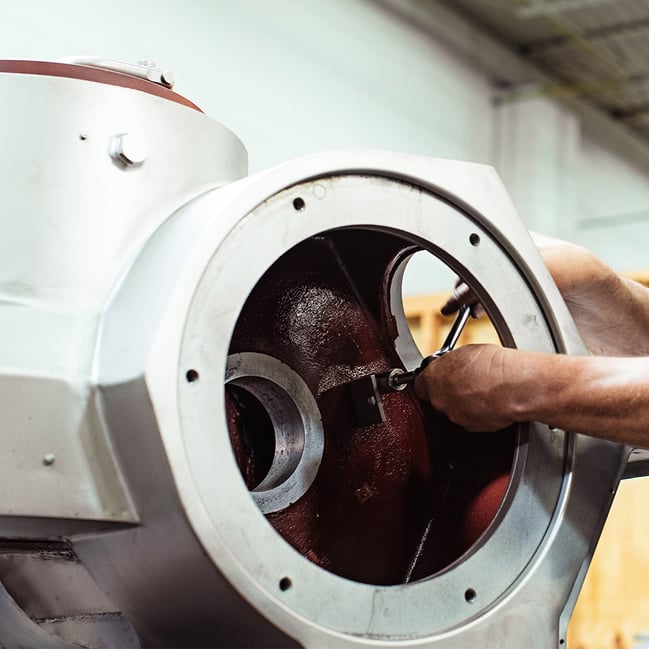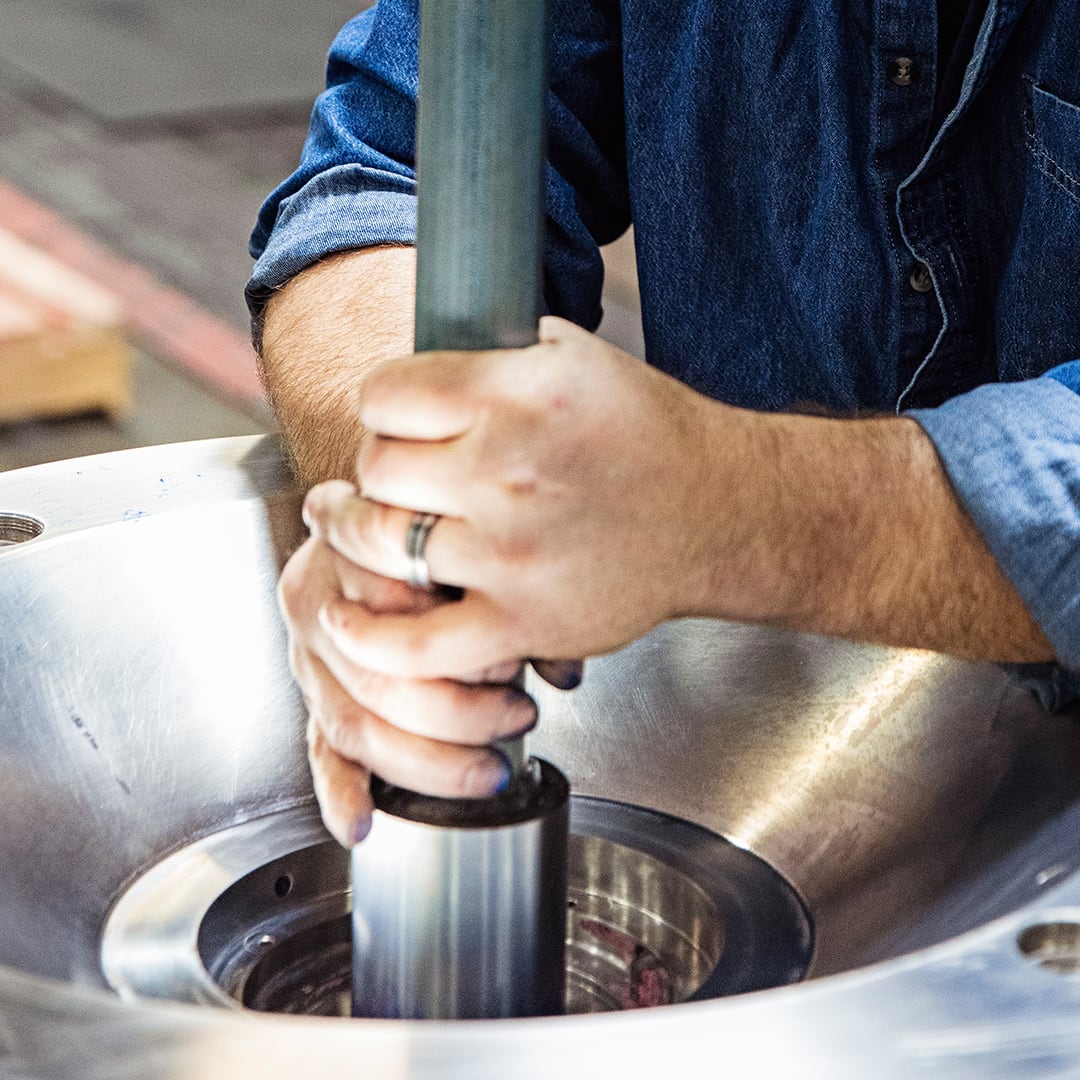10 years of experience as a food machinery equipment manufacturer
10 years of experience as a food machinery equipment manufacturer
Industrial centrifuges are vital components in numerous manufacturing, chemical processing, and wastewater treatment facilities. Keeping them operating smoothly is crucial for production continuity and cost efficiency. While large industrial centrifuges are robust machines, they can develop problems leading to costly downtime if not addressed promptly. Recognizing and resolving seven frequent issues can significantly enhance operational reliability.

Unusually high vibration levels and noise are among the most common and critical indicators of centrifuge trouble. This often points to imbalance within the rotating assembly.
Fast Fix: Ensure consistent, balanced loading following manufacturer procedures. Immediately stop the machine if vibration becomes extreme. Check for worn bearings or damaged drive components that need replacement. Verify the integrity of the mounting foundation and vibration isolators.
When the centrifuge fails to separate solids from liquids effectively, achieving the desired clarity or cake dryness, the process efficiency plummets.
Fast Fix: Review and carefully adjust process parameters according to the application data sheet. Inspect internal components like the conveyor scroll, flights, and weirs for wear or damage. Analyze the feedstock characteristics; adjustments might be needed to accommodate changes.
Excessive heat generation in bearings or the main gearbox signals friction and potential failure.
Fast Fix: Immediately check lubrication levels and condition. Ensure the correct lubricant grade is used and top up or change oil promptly according to the schedule. If overheating persists, investigate bearings and gearbox health, potentially requiring temperature monitoring sensors.
Fluid leaks from shaft seals or casing joints are messy, hazardous, and indicate seal failure.
Fast Fix: Identify the leak source. If minor, it might be temporarily contained while planning seal replacement. However, most seal leaks necessitate prompt replacement using the correct parts and procedures to prevent environmental contamination or safety issues.
Belt-driven centrifuges often encounter problems like excessive belt dust, slipping, cracking, or breakage.
Fast Fix: Regularly check and adjust belt tension using the proper method (deflection or tension gauge). Verify pulley alignment meticulously. Inspect belts and sheaves for wear (glazing, cracks, missing sections) and replace worn components promptly. Keep belts clean and free from oil.

Modern centrifuges rely on sophisticated control systems. Malfunctions can manifest as failure to start, erratic speed control, unexplained stops, or error messages.
Fast Fix: Consult the machine diagnostic manual for error codes. Inspect wiring connections for security and corrosion. Test critical sensors if possible. Reset procedures might clear temporary glitches, but persistent faults often require experienced electrical troubleshooting or component replacement.
Unexpected stoppages disrupt operations significantly. These are often safety-system activations due to other problems.
Fast Fix: Review the cause of the shutdown from the control panel history or logs. Address the root cause (e.g., imbalance, overloading, lubrication issue) before restarting. Never bypass safety interlocks.
Prevention is Paramount
While these fast fixes address immediate symptoms, preventing large industrial centrifuge problems hinges on a robust Proactive Maintenance Strategy. This includes strict adherence to lubrication schedules, vibration monitoring programs, regular inspections of wear parts like bearings, scrolls, and seals, periodic alignment checks, and comprehensive operator training. Promptly addressing minor issues prevents them from escalating into major failures requiring costly repairs and lengthy production outages. Implementing these practices ensures centrifuges remain reliable assets for critical industrial processes.
